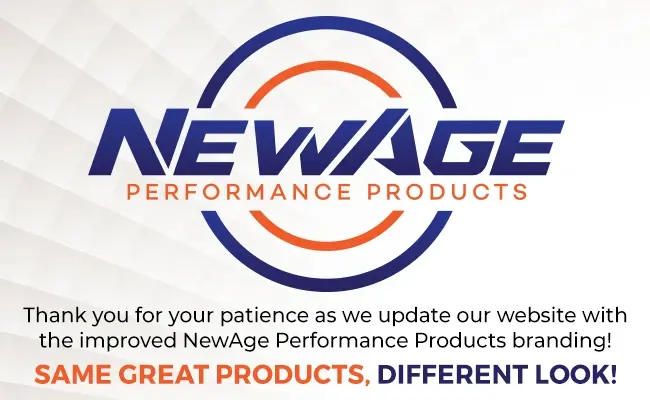Tubing Buying Tip #9: Surface Characteristics
Most people think of plastic tubing as having a smooth surface. Plastic on, or in, the products we use regularly – computers, toothbrushes, phones, cars – often have smooth, glossy surfaces. In some cases, the surface is textured for aesthetic or gripping purposes.
What type of surface does the tubing or hose in your application need? If the tubing will transfer fluid, air, or a granular substance, you’ll likely want a smooth interior for efficient flow. A bumpy or irregular surface can cause resistance and slow the flow rate.
Some thermoplastic tubing materials – PVC, for example – offer a very smooth interior surface (a low coefficient of friction). Others like fluoropolymer and polyethylene are even smoother and feel slippery. Polyurethane and thermoset rubber like silicone can feel tacky . . . but that could be a desired characteristic for an application.
What about the exterior? Should it, too, be smooth, or does it need a surface texture? Ribbing, either lengthwise or across, can make tubing easier to grip and hold on to. Some tubing styles, specifically stainless steel overbraided types, can be supplied with a protective outer layer of silicone to make the product easier to handle at high temperatures and to eliminate entrapment issues involving the braid material.
Other multi-layered hoses and coextrusions, where one material is used as a liner and another as a cover, can allow for different tubing surface performance. For instance, NewAge’s Hytrel®-lined PVC can be useful in a harsh environment application that involves the transfer of oil. The durability of smooth, black PVC protects from the outside, while the oil-resistance properties of Hytrel efficiently convey the oil.
Choosing the right tubing for your application is key. If you are looking to find the right material for the job, we are here to help.
You can find part one and two of our Top 20 Tubing and Hose Buying Tips here.
If you wish to learn more from our helpful staff, connect with our team by completing the following form.
Footer Form


